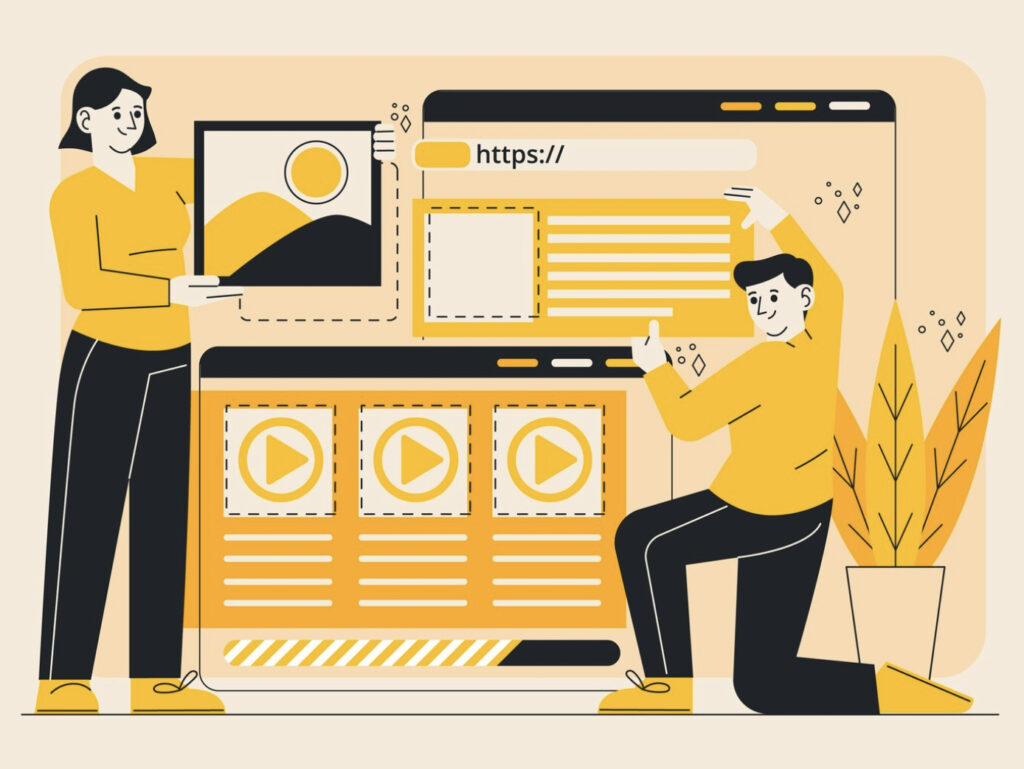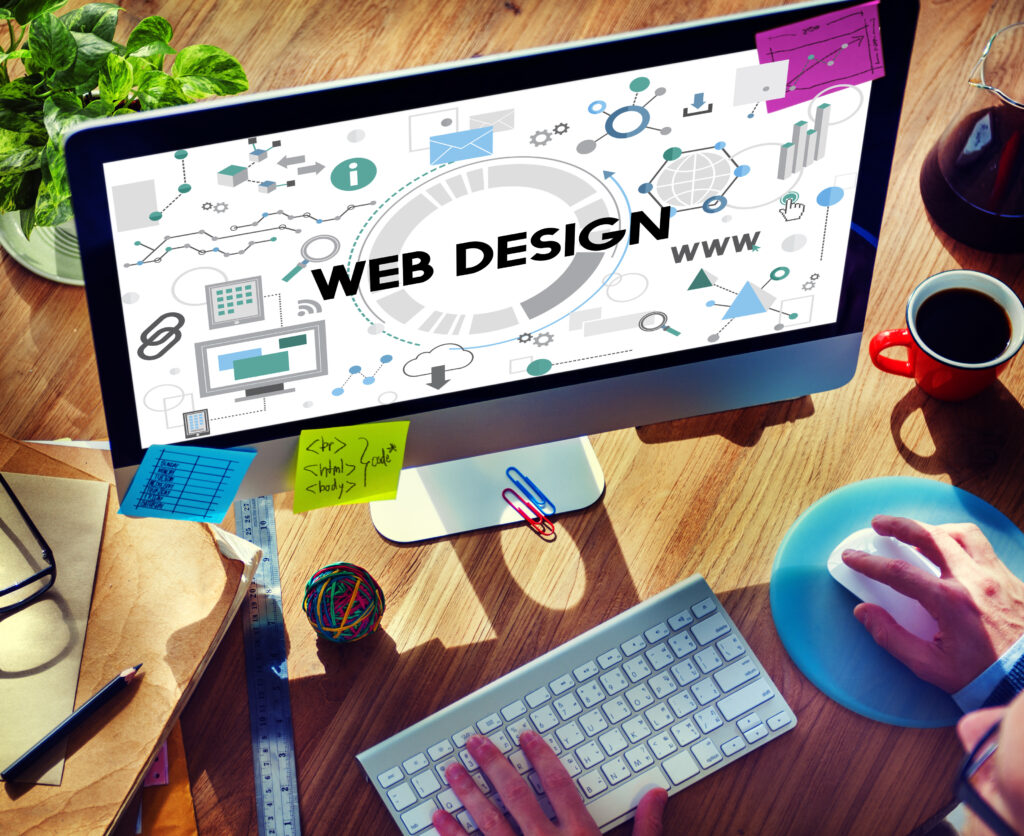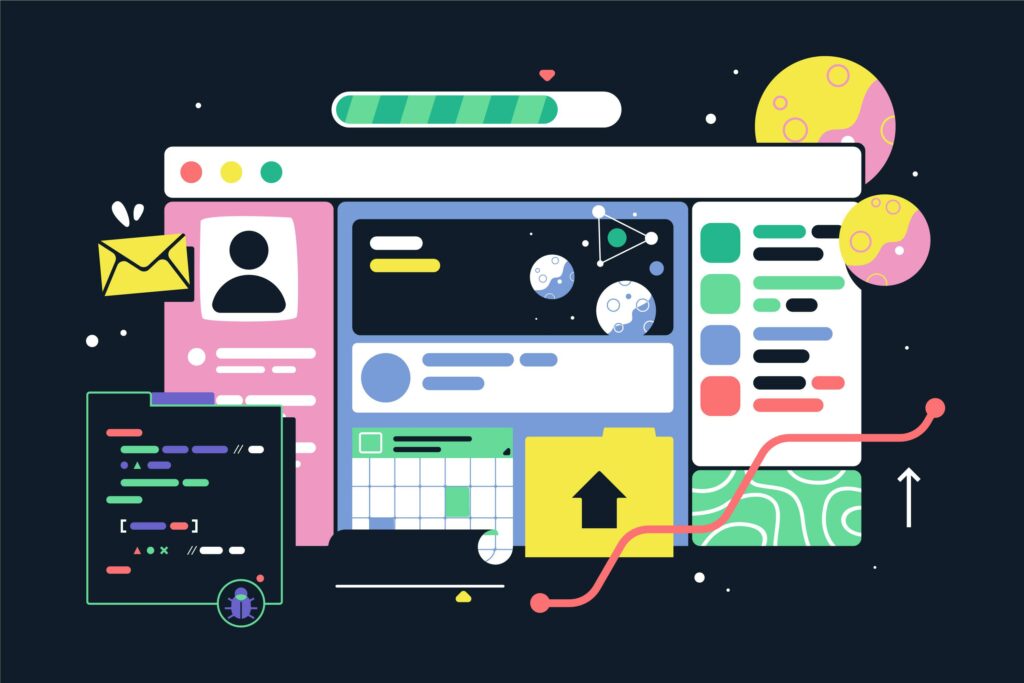Designing an effective layout for your WordPress site can significantly impact user experience and engagement. With the help of page builders, creating visually appealing and functional layouts is easier than ever. This guide will walk you through essential tips and best practices for mastering effective layout design in WordPress page builders.
Understanding the Basics of Layout Design
Before diving into specific tips, it’s crucial to understand the fundamentals of layout design. At its core, layout design is about arranging visual elements on a page to guide the user’s eye and convey information effectively. Key principles include balance, contrast, alignment, and spacing. By mastering these basics, you’ll be better equipped to create aesthetically pleasing and functional designs.
Balance refers to the distribution of elements across a page, ensuring no one part feels too heavy. Contrast involves using different colors, sizes, and shapes to make certain elements stand out. Alignment ensures elements are visually connected, creating a neat and organized look. Lastly, spacing, or white space, prevents clutter and enhances readability.
Understanding these principles helps in creating a foundation for effective layout design. They provide a framework that guides how elements are placed, ensuring the design is both attractive and functional. With these basics in mind, you can move on to selecting the right tools and strategies to implement your design vision.
Choosing the Right WordPress Page Builder
Selecting the right page builder is a critical step in your design journey. Popular options like Elementor, Divi, and Beaver Builder offer robust features and intuitive interfaces. Consider factors like ease of use, available templates, and customization options. Test different builders to see which one aligns with your design preferences and project needs.
Elementor is known for its drag-and-drop interface and extensive library of templates. It’s ideal for those who want a high degree of customization without needing to code. Divi, on the other hand, offers a visual editor and a range of design modules that make creating complex layouts straightforward. Beaver Builder provides a user-friendly interface with a focus on performance and simplicity.
When choosing a page builder, also consider the level of support and community available. Look for tutorials, forums, and customer support that can help you troubleshoot and learn as you go. The right page builder will streamline your design process, making it easier to achieve effective layout design.
Utilizing Grid Systems
Grid systems are a foundational element of layout design, providing a structured approach to arranging content. They help maintain consistency and balance across your site. Grid systems divide the page into columns and rows, creating a framework for placing elements.
Benefits of Grid Systems
Using a grid system offers numerous benefits. It enhances alignment and organization, making your design look professional and cohesive. Grids also simplify the design process by providing a clear structure, reducing guesswork, and speeding up layout creation.
Grids help in achieving effective layout design by ensuring elements are evenly spaced and aligned. This consistency not only makes the design more visually appealing but also improves user experience by making content easier to follow. Additionally, grids can adapt to different screen sizes, ensuring your design remains functional on mobile devices.
Common Grid Layouts
Several grid layouts are commonly used in web design. The 12-column grid is a popular choice, offering flexibility for various content arrangements. Other options include the 8-column and 16-column grids. Choose a layout that fits your content needs and enhances readability.
The 12-column grid, for instance, allows for multiple configurations, from simple single-column layouts to more complex multi-column designs. This flexibility makes it easier to experiment with different structures and find the one that best suits your content. By leveraging common grid layouts, you can create designs that are both innovative and user-friendly.
Best Practices for Effective Layout Design
Simplicity and Clarity
Keep your design simple and clear. Avoid clutter by focusing on essential elements. Use white space strategically to create breathing room and prevent your design from feeling overwhelming.
Simplicity doesn’t mean boring. It means removing unnecessary elements and focusing on what’s important. White space, or negative space, helps in highlighting key content and making the design look clean. It also improves readability, making it easier for users to process information quickly.
Visual Hierarchy
Establish a visual hierarchy to guide users through your content. Use size, color, and placement to indicate the importance of different elements. Headlines should stand out, while body text remains readable and supportive.
Visual hierarchy ensures that users can easily understand the structure of your content. Larger, bolder fonts draw attention to headings, while contrasting colors can highlight calls to action. Placement also plays a role; important elements should be positioned where users are most likely to see them first. By establishing a clear visual hierarchy, you create a more intuitive and effective layout design.
Consistency in Design
Maintain consistency throughout your design. Use a uniform color scheme, typography, and spacing. Consistency helps users navigate your site more easily and creates a cohesive brand identity.
Consistency in design creates a sense of familiarity, which is comforting to users. It ensures that all elements on your site work together harmoniously, making it easier for visitors to understand and interact with your content. Consistent use of colors, fonts, and spacing reinforces your brand identity and makes your site look professional.
Tips for Mobile-Responsive Layouts
In today’s mobile-first world, ensuring your layout is responsive is paramount. Use flexible grids and scalable images to adapt your design to different screen sizes. Test your layout on various devices to ensure it looks great everywhere. Tools like responsive preview in page builders can help you perfect your design for mobile users.
Responsive design ensures that your site remains functional and visually appealing across all devices. This involves using flexible grids that can adjust to different screen widths and images that can scale without losing quality. Testing your design on various devices, including smartphones and tablets, helps in identifying any issues that might affect user experience.
By focusing on mobile-responsive layouts, you ensure that your site reaches a wider audience. With more people accessing the internet via mobile devices, having a responsive design is not just an option but a necessity for effective layout design.
Tools and Plugins for Enhanced Layout Design
Several tools and plugins can enhance your layout design process. Plugins like WPBakery and Thrive Architect offer advanced customization options. Tools like Adobe XD and Figma are great for prototyping and visualizing your design before implementation. Experiment with different tools to find what works best for you.
WPBakery provides a front-end editor that allows you to see changes in real-time, making it easier to fine-tune your design. Thrive Architect offers a focus on conversion optimization, providing elements that are designed to boost engagement and sales. For prototyping, Adobe XD and Figma offer collaborative features that make it easier to design and iterate with a team.
Using these tools and plugins can streamline your workflow and enhance the functionality of your layouts. They provide additional features and customization options that can take your design from good to great.
Conclusion
Effective layout design in WordPress page builders combines creativity with practical strategies. By understanding the basics, utilizing grid systems, and following best practices, you can create visually appealing and user-friendly websites. Keep experimenting, learning, and refining your skills to stay ahead in the ever-evolving world of web design. Embrace the tools and techniques available to you, and you’ll be well on your way to mastering effective layout design.


